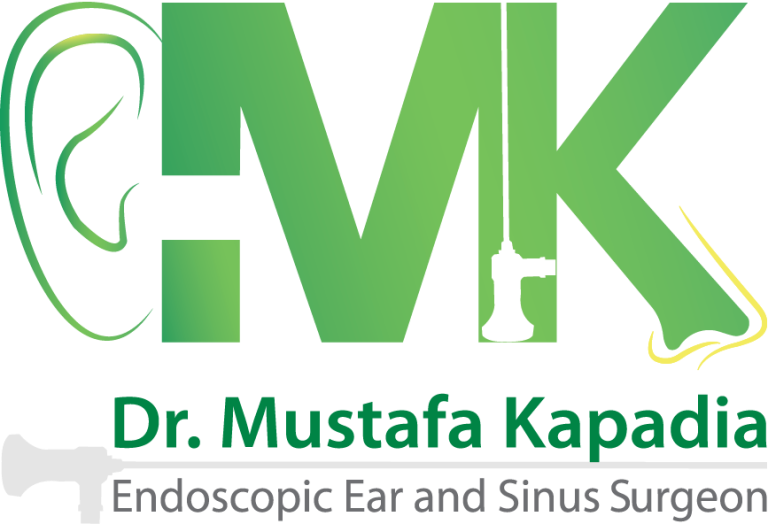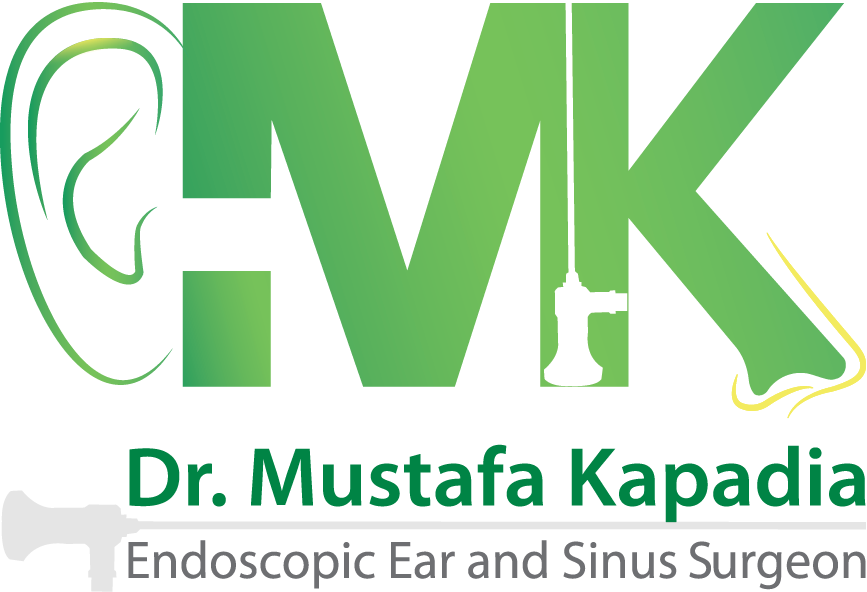Is it a ear infection or sinus infection?
The common cold is frequently accompanied by sneezing, coughing, sore throat, and a blocked nose. These symptoms can worsen and cause ear pain. It may be difficult to determine whether the pain is caused by an ear infection or sinus infection. Both are likely to produce similar symptoms, such as significant pressure or pain in the ear or neck region, as well as high temperatures (fever) in response to the infection.
But how do you tell if you have an ear infection or sinus infection?
Let us clarify the distinction.
What is Sinus Infection?
The sinuses, which are air-filled cavities surrounding the nose and eyes in the skull, can become inflamed, leading to a condition known as sinus infection or “sinusitis.” This discomforting condition is caused by viruses, bacteria, or fungi and, if untreated, can persist for several weeks.
Symptoms of Sinus Infection
When it comes to understanding the difference between ear infection or sinus infection, it is important to know about the symptoms:
- Facial discomfort and pressure: Sensations of pressure or discomfort may be present in the forehead, eyes, and nose area.
- Nasal blockage: Inflammation of the sinuses can result in blocked nasal passages, hindering normal breathing through the nose.
- Postnasal drip: Sinus infections may produce excess mucus, leading to postnasal drip. This condition involves mucus flowing down the throat, causing a sore throat, coughing, or hoarseness.
- Headache: Dull or throbbing headaches may be experienced in the front of the head, around the eyes, or in the cheeks.
- Coughing: A cough, particularly worsening at night, may develop.

- Low-grade fever: A mild fever might accompany sinus infections.
- Fatigue: Sinus infections can contribute to a sense of fatigue and overall unwellness, potentially impacting sleep quality.
What is an Ear Infection?
Ear infections (Otitis Media) are caused by inflammation of the middle ear. The middle ear also contains the tiny bones that transmit sound vibrations. Ear infections are most common in children but can occur at any age.
Ear Infection Symptoms
Common indicators of an ear infection include:
- Ear discomfort: Ear infections often result in pain affecting one or both ears, varying from mild to severe and sometimes accompanied by a sensation of pressure.
- Temporary hearing impairment: Accumulation of fluid in the middle ear can lead to a temporary reduction in hearing ability.
- Ear discharge: In the event of a ruptured eardrum, pus or fluid might discharge from the ear.
- Mild fever: Ear infections may be associated with a mild elevation in body temperature.
- Sleep disturbances: Ear pain can pose challenges to nighttime sleep, making it difficult to rest peacefully.
You can easily identify whether it is sinus pressure or ear infection if you know about the symptoms well.
Children vs. Adults - Sinus and Ear Infection
Children aged 6 months to 2 years are more susceptible to ear infections due to their developing immune systems and the smaller, flatter structure of their Eustachian tubes. Even under normal circumstances, the drainage of fluid from their ears is challenging. The risk escalates when factors like a cold cause swelling or blockage in the Eustachian tubes.
In contrast, young children are less prone to sinus infections. The frontal sinuses only commence development around the ages of 9 to 12, with full formation occurring in the late teens. Therefore, if a toddler exhibits signs of distress, crying, and pain, it’s more likely attributed to an ear infection rather than a sinus infection.
Discerning between the two conditions (ear infection or sinus infection) involves paying attention to specific symptoms. A nasal drip with thick yellow-green mucus, along with a cough, bad breath, and reduced ability to smell, indicates a sinus infection. Conversely, sharp stabbing pains in the ear canal, earaches, and muffled hearing are indicative of ear infections. The common ground lies in symptoms such as pain, nasal congestion, and fever.
Difference between Sinus Infection and Ear Infection - Treatment-wise
Ear Infection
- Mild ear infections usually clear up on their own. Wrapping a warm cloth around the affected ear may help relieve symptoms.
- Using over-the-counter pain relievers, ear drops, or decongestants.
- Antibiotics are used to treat severe Acute Otitis Media.

Sinus Infection
- Use a humidifier or nasal rinse.
- Saline nasal sprays, nasal decongestants, oral antihistamines or nasal sprays.
- Antibiotics are prescribed to treat bacterial infections.
- Sinus surgery is recommended for chronic cases that do not respond to treatment or medications.
Suffering from painful ENT symptoms? Is it ear infection or sinus infection?
Know more and get treated by our ENT Specialist, Dr. Mustafa Kapadia
Experiencing discomfort in your ear infection or sinus infection can be distressing, but the first step towards relief is accurate identification and prompt treatment. If you’re grappling with painful ENT symptoms, whether it be earaches or sinus issues, seeking the expertise of our seasoned ENT specialist, Dr. Mustafa Kapadia, is the key to a precise diagnosis and effective treatment.
Don’t let discomfort linger— contact and gain clarity on your symptoms and embark on the path to recovery under the care of our experienced ENT professional.

